(Other spellings and names for the holiday: tu b’shvat, tu bishvat, tu be shevat, tu b shvat, Rosh HaShanah La’Ilanot)
What is Tu b’shevat?
Tu b’shevat (ט״ו בשבט) literally means “the 15th of Shvat”, a date in the Jewish calendar, which usually falls in January or February. This name alone reveals little about what this holiday celebrates, but Tu b’shevat does have a few other names which are more revealing: it is also called the New Year for the Trees (Rosh HaShanah La’Illanot), or the Jewish Arbor Day.
New Year for the Trees? It may sound a bit funny, but really it’s just a celebration of the year’s first signs of spring, where the earliest trees start blooming in Israel. This was a hopeful sign of the new fruit-bearing year. It was therefore an important part of the agricultural calendar.
Judaism isn’t the only religion to celebrate the fertility of the Earth. The Romans had several similar celebrations including Saturnalia (celebrating the agricultural god Saturn for bringing an end to the worst of the Winter. This is part of the story behind why Christians put up wreaths and evergreen things at Christmas), and the festival of Juno Februa on the 14th of February which celebrated purification from the barrenness of winter.
The Jewish calendar has four new year celebrations and perhaps this isn’t so strange if you consider that we have more than one “new years” in the secular calendar too, like the 1st of January as well as the new school year.
What are the four Jewish new years?
1.) Jewish New Year: This is in September/ October (the main Jewish New Year, known as “Rosh Hashana“) which marks the start of the Jewish calendar and the anniversary of the world’s creation.
2.) New year for the trees: Tu b’shevat, the agricultural new year.
3.) New year for the ancient kings of Israel, which occurs in March/ April. It also celebrates the anniversary of the Israelites freedom from Egypt (also known as Passover or Pesach).
4.) New year for the animal tithes which happens in August/ September. This new year is usually no longer observed these days.
* * *
How is Tu b’shevat celebrated?
There are several Tu b’shevat activities:
1.) Tu b’shevat seder
Because it is seen as a New Year, Tu b’shevat follows the same tradition of celebration as the other new years: celebrating with a festive meal (known as a “seder”).
Tu b’shevat foods:
Since the holiday celebrates the trees in particular, fresh and dried fruit as well as nuts are the main focus of the tu b’shevat seder.
Popular foods are dishes that contain any of the Seven Species (known as “shivat haminim”) which are seven species of fruit and grains mentioned in the Bible in Deuteronomy 8:8, said to represent the Land of Israel. These seven foods are: barley, dates, grapes, figs, olives, pomegranates and wheat. Carob and other fruits and nuts are also widely eaten as tu b’shevat foods.
Some examples of tu b’shvat dishes include:
- Barley dishes: e.g. Barley soup, Barley Pilaf
- Date dishes: e.g. Morrocan style tagines, stuffed dates (stuffed with nuts), Date and nut squares, desserts made with date syrup
- Grape dishes: e.g. Stuffed grape vine leaves, chicken casserole with grapes, sole Veronique, grape juice, grape salads
- Fig dishes: e.g. fig, pecan & cheese salad, fig and almond balls, cinnamon figs
- Olive dishes: using olive oil in cooking and as dressings on salads. You can also add whole olives to cooked like tagines and casseroles.
- Pomegranate dishes: e.g. Pomegranate and pinenut salad, pomegranate and apple salad, or pomegranate juice.
- Wheat dishes: e.g. bulgar pilaf which can be mixed with raisins and almonds; whole wheat bread, or kubeh made with bulgar wheat.
- Other fruit dishes: Most fruits that are eaten are in their dried form, from earlier harvests, but occasionally fresh fruit is eaten too.
- Seven Species Salad
- Tagines with dried fruit and nuts
- Baked apples
- Fruit compotes
- Fruit cakes or crumbles
- Fruit salads (or if you want to really get into the spirit of the 15th of Shvat you can do a 15 fruit salad )
- Fruit leathers - Nut dishes: e.g. almond chicken, ground almond stuffing balls, ground almond vegetables, Almond cake, Nut cookies, Marzipan
- Carob dishes
- Etrog: Some have a custom of eating a pickled or sugared etrog on tu b’shevat.
2.) Tu b’shevat songs
There are several Tu b’shevat songs on the subject of the blossoming of the trees. Below is a list of some of the common ones with linked youtube videos for each song. The first two songs are the most well-known and they are most often sung by children:
- Ha Shkedia Porachat (The Almond Tree is Blossoming)
- Cach Holchim hashotlim (This is how the planters go)
- Etz HaRimon (The Pomegranate Tree)
- Etz haAlon (The Oak Tree)
- Derech Eretz Hashaked (The way of the almond tree)
- Ki Tavo’u el Ha’aretz – כי תבואו אל הארץ
3.) Planting trees
A custom that arose in the early 1900s was to celebrate the New Year of the Trees by planting trees, particularly in Israel. Outside of Israel, people often send money to charities in Israel that plant trees for them. This tradition has helped turn Israel’s landscape to a far greener one than it would have been naturally.
Environmental organizations have used the opportunity to bring awareness to various green, nature-friendly causes, making Tu b’shevat a type of Jewish Earth day.
4.) Taking a walk in nature and seeing the blossoms first hand
5.) Tu b’shevat crafts
Some parents make tree-inspired tu b’shevat crafts with their children in honor of the holiday. Trees and plants can be painted, sculpted or even made with buttons.
A few good resources for tu b’shevat crafts are given below:
- Creative Jewish Mom Tu b’shevat craft ideas
- Challah Crumbs Tu b’shevat craft ideas
- Making tree art – gaining inspiration from artists like:
- Megan Aroon Duncanson
- QiQi
- Karla Gerard
When is tu b’shevat?
2012: February 7th eve to February 8th eve
2013: January 25th eve to January 26th eve
2014: January 15th eve to January 16th eve
2015: February 3rd eve to February 4th eve
Related Products

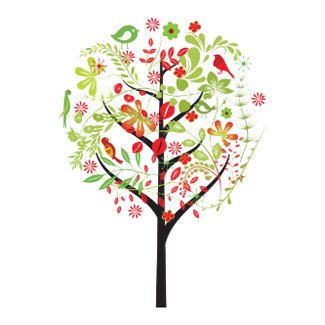
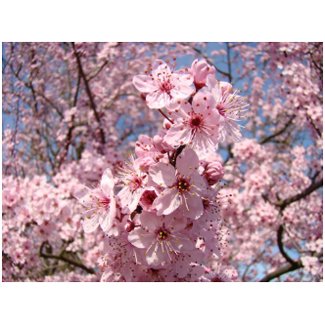


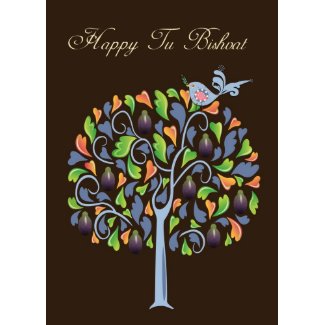



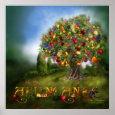
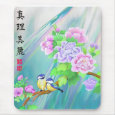


This holiday is a minor Jewish holiday, and it is not mentioned in the Torah. Scholar believe that this holiday started originally as an agricultural festival celebrating spring in Israel. However, after the destruction of the Second Temple in the year 70 C.E. (stands for Common Era, and refers to the same time period as A.D.), many Jews were exiled and the agricultural celebration stopped. Over time, some Jews felt a need to symbolically bind themselves to their homeland, and Tu BiShvat was a way to fill that need. They introduced a new ritual, the Tu BiShvat Seder. This Seder (a ceremonial dinner) is similar to the Seder at Passover. The Seder involves eating biblical foods native to the holy land. As a part of this, people eat fruit and the seven spices of Israel. The fruit is typically grapes, figs, pomegranates, olives, or dates, as they are mentioned in the Torah as food from the Holy Land. Some families would have a 15-course meal, and each course would be one of the foods associated with the land.